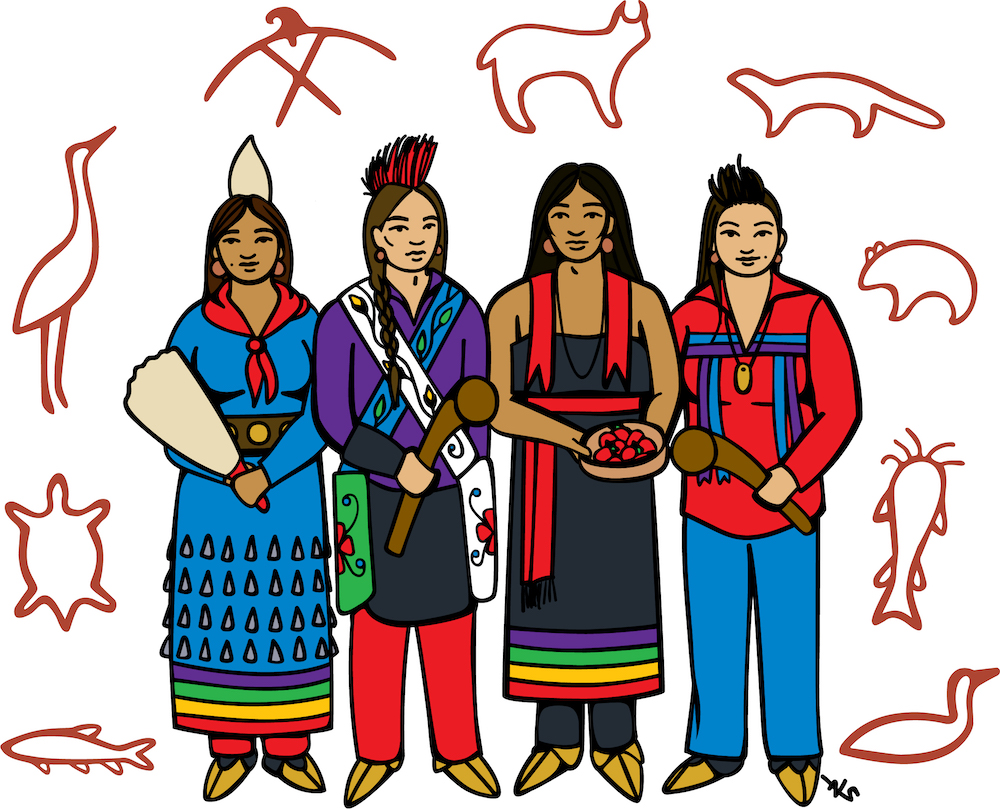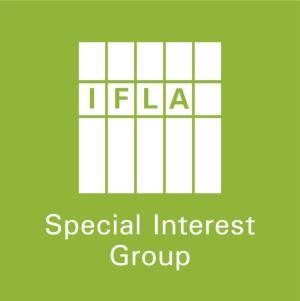One of any academic library’s best kept secrets is, undoubtedly, our Library Guides (or simply libguides)– carefully curated resources and materials spliced together with the help of the ubiquitous Springshare LibApps platform. With the University of Alberta’s strategic plan to build “a diverse, inclusive community,” these guides are well positioned to better serve the information needs of our communities, while also highlighting a more inclusive range of topics and resources. With this in mind, the University of Alberta Library (UAL) library guide on Equity, Diversity and Inclusivity (EDI) was established, featuring a greater range of 2SLGBTQ+ coverage.
The UAL EDI libguide was created in collaboration with University of Alberta (UofA) campus EDI team, led by (then) Provost Fellow in Equity, Diversity and Inclusion (EDI) Policy, Dr. Malinda S. Smith, a long-time Professor of Political Science. Dr. Smith and her team sought to build a robust UofA web page for all things EDI, referred to as EDI Gateway.

Beyond collating campus services, initiatives, and data, they also wanted to share other educational and scholarly resources, and that’s where the library came in.
Library staff had already created an incredible libguide: LGBTQ2S+ in Education. Seeing this, the campus EDI team reached out to the Library’s EDI Advisory Committee with the hope of expanding this libguide. They wanted to see more inclusion, and more support for researchers seeking literature on topics related to EDI. As such, the Library’s EDI Advisory Committee got to work by creating a sub-committee for this project.
An important task was determining what sections or pages to include and what language to use. Canada’s Employment Equity Act, 1985, provides a definition for “visible minorities” as “persons, other than Aboriginal peoples, who are non-Caucasian in race or non-white in colour.” Unique to Canada, this is often used as a touchstone for terminology, but it is widely critiqued for how it centers Whiteness. In the article “It’s Time to Abolish the Absurd (and Slightly Racist) Concept of “Visible Minorities”,” Peter Shawn Taylor notes:
“Nearly four decades later, Canada no longer suffers from an absence of race-based data. We are, in fact, inundated with it. And the evidence arising from this flood of racially-focused statistical work is clear and unambiguous: the entire concept of visible minorities – along with the superstructure of policies and laws that support it – makes no sense in our pluralistic 21st century Canada. It’s time to abolish this outdated, imprecise and subtly racist idea.”
Hence, terms such as “visible minorities” were ditched. We further avoided vague language and used more specific and appropriate terminology as much as possible. For example, many resources are grouped on the general topic of 2SLGBTQ+, but a lot is housed under this acronym. We wanted to go deeper into resources related to 2SLGBTQ+ and put the spotlight on these groups, so we established several pages instead, such as: Gender identity and expression (with subpages for transgender as well as genderqueer/non-binary), Sexual orientation, and Two-Spirit. This meant we could spend more time highlighting specific resources rather than just a few generalized links and keywords. These are areas that are often misunderstood, with many folx not understanding, for example, differences between gender
identity and sexual orientation (you can be cisgender and queer!), and therefore we may use
search terms that won’t retrieve relevant results.

Two-Spirit (2S) is particularly misunderstood, with many people incorrectly assuming it is the same as transgender and/or homosexuality, so we highlighted terminology and resources on the library guide. As no one on the team building the library guide was Two-Spirit, we sought appropriate resources to share on the guide and to use when building search terms; the Edmonton Two-Spirit Society is an incredible resource on which we relied.
From a recent presentation at the University of Alberta by Cheyenne Mihko Kihêw, the community liaison of the Edmonton Two-Spirit Society, the term Two-Spirit was coined in 1990 at the Winnipeg Native American Gay and Lesbian Conference, but comes from Myra Laramie during a pipe ceremony in 1989. In general terms, Nij- manidowag (or “Two-Spirit”) is used for Indigenous peoples on Turtle Island to describe aspects of gender, sexuality, and spiritual identity. However, it’s important to understand the deep, cultural roots associated with being Two-Spirit. It means different things across Indigenous peoples, and there are many different terms (you can see a short selection of terms on the Two Spirit libguide page); in short, Two-Spirit is not one identity.
Edmonton Two-Spirit Society has a YouTube video that provides a great introduction (https://www.youtube.com/watch?v=8N7JcYbdlmo):
Notably, this libguide is not intended to educate library users on the EDI related topics included within its pages, –its specific intention is to share resources, especially scholarly or library ones, for those pursuing research in these areas. However, we hope its presence encourages other library guide creators to consider a greater range of resources on more inclusive topics, and we hope to keep growing ours too!
